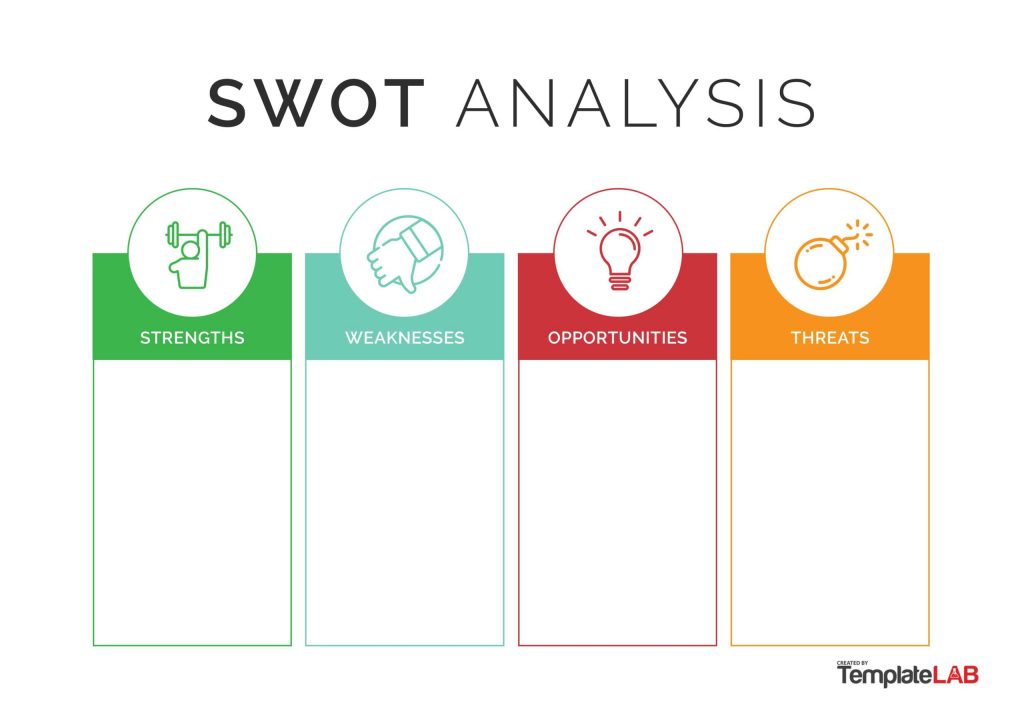This series of articles will dive into several management and leadership topics, including concepts, frameworks, and tools. We know these concepts are quickly touched on in school, so we want to provide enhanced insight through a case study-type of exchange that will ask you to think critically about the steps involved.
SWOT analysis
Today’s organizations are consistently looking for ways to add value. Whether for the customer or just for their shareholders, leaders in these organizations must understand their business from a fundamental viewpoint. A SWOT analysis is one of the best ways to get a snapshot of the organization internally and how it compares or aligns with competitors in the industry. SWOT stands for Strengths, Weaknesses, Opportunities, and Threats. A SWOT analysis is a framework used to learn what your company does well and not so well. Companies use the SWOT strategy to gauge a company’s competitive position and track strategic moves. The SWOT term gets thrown around a lot in organizations, workshops, and/or MBA coursework. The truth: SWOT findings rarely get implemented.
So, when are SWOTs used, and by whom?
From my experience, many internal and external consultants, leaders, and strategy consultants use SWOT analysis year-round to stay ahead of market trends.
Let’s break this down further for those who have never heard of SWOT.
Strengths– refers to what your organization is currently doing well. Does your organization have a good branding strategy or a competitive advantage?
Weakness refers to potential roadblocks or bottlenecks that stifle or prevent your organization from reaching its goals. These are internal weaknesses.
Opportunities – what are the gaps within your industry? Is there a gap or a need for marketing, social media, or hitting additional revenue targets? The sky is the limit here.
Threats – external in your industry or globally — for example, political unrest, new technology, new product creation, loss of market share etc.
Now that we know a bit about what to look for when conducting a SWOT, it is time to practice.
Look at your organization or an organization you are familiar with and start filling in the strengths, weaknesses, opportunities, and threats. This does not have to be MECE (mutually exclusive-completely exhaustive), but with practice, it will become a great tool for your strategic planning toolbox.
Download your SWOT analysis template
Next week
Catch Dr. Zimmerman going deep next week with his discussion about Deep Learning – a productivity hack you’ll want to learn and incorporate into your everyday routine.
Dr. Daniel Zimmerman is the Dean of the School of Business and Technology at Aspen University. He is also an external consultant and international professor of management and organizational development. He resides in Illinois with his wife, three boys, and three cats. Dr. Zimmerman can be reached at daniel.zimmerman@aspen.edu


